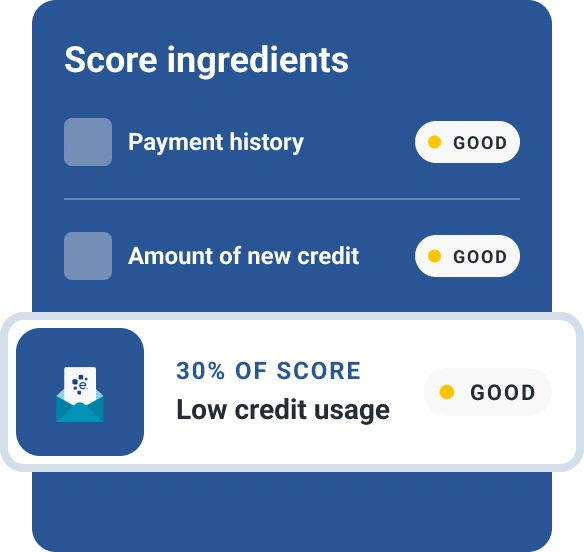What Is a Balance Transfer Fee?
Quick Answer
A balance transfer fee is a fee that credit card companies charge to move a balance from one credit card to another. Balance transfer fees are typically 3% to 5% of the amount being transferred. Calculating the balance transfer fee before applying for a balance transfer card can help you choose the card that will save you the most money.

A balance transfer credit card can help you tackle debt by moving high-interest balances to a new credit card with a 0% or low introductory annual percentage rate (APR). Balance transfer cards can save you substantial interest, but most require paying a balance transfer fee. A balance transfer fee is a fee a credit card issuer charges for transferring debt from one credit card to another.
What Is a Balance Transfer Fee?
When you transfer an outstanding balance to your new credit card, or use the card to pay off a loan, a balance transfer fee is added to the balance on your new card. Balance transfer fees are typically 3% to 5% of the amount being transferred or a flat dollar amount of $5 to $10 (whichever is greater). Before making a balance transfer, you should consider whether the savings from the balance transfer card's low introductory APR outweighs the balance transfer fee.
What Is a Good Balance Transfer Fee?
If you can't find a credit card without a balance transfer fee, 3% is a good balance transfer fee to look for. Choosing a card with a lower balance transfer fee helps you keep the cost of your balance transfer to a minimum, which can make it easier to pay off the balance on your new credit card. To find a card's balance transfer fee, visit the card issuer's website or check the card's "rates and fees" or "terms and conditions" document before applying.
How to Avoid Balance Transfer Fees
You can avoid balance transfer fees by choosing a balance transfer credit card that doesn't charge them. Cards with a $0 balance transfer fee are few and far between these days. You may have the best chance of finding a card with no balance transfer fee at a credit union.
Is a Balance Transfer Fee Worth It?
A balance transfer fee can be worth it if the amount you can save on interest exceeds the balance transfer fee—and if you commit to paying off the balance before the card's low introductory APR expires.
Suppose you have a $5,000 balance on a credit card with an APR of 22.75% (the average as of November 2023, according to the Federal Reserve). Put $300 a month toward the card and make no new charges, and you can pay off your balance in 21 months—but you'll pay about $1,021 in interest. Transfer the $5,000 to a card with an 0% introductory APR for 21 months, however, and you can wipe out the debt in 21 monthly payments of just $238, without paying any interest.
Before you apply for a balance transfer card, calculate the balance transfer fee for the amount you plan to transfer. Here's how a $5,000 balance transfer adds up for two different cards:
- 3% balance transfer fee: $150
- 5% balance transfer fee: $250
In addition to the balance transfer fee, be sure to consider:
- How long the introductory APR period lasts: A longer promotional period gives you more time to pay off your balance.
- What the APR will be after the promotional period ends: Any remaining balance when your promotional period ends will start to incur interest at the card's standard APR. This number is typically listed as a range on the credit card agreement.
- Any other fees the card charges: These can include annual fees, foreign transaction fees or late fees.
- Any time limit for completing or requesting a balance transfer: You generally must initiate or complete a balance transfer within a certain number of days or billing cycles to qualify for the promotional APR.
You can find all of this information in the card's "Terms and Conditions", "Rates and Fees" or "Cardmember Agreement," which should be available on the card issuer's website.
The Bottom Line
Getting the most from a balance transfer card requires committing to paying your balance off before your card's low introductory APR expires. Reading each card's terms and conditions carefully before you apply will help you select the card that best fits your needs.
Many 0% introductory APR balance transfer cards require good to excellent credit. Checking your credit report and credit score before applying for a credit card can alert you to any problems that need your attention.
Best balance transfer cards
Need to consolidate debt and save on interest? See if you qualify for intro offers like 0% intro APR up to 21 months based on your FICO® Score.
See your offersAbout the author
Karen Axelton specializes in writing about business and entrepreneurship. She has created content for companies including American Express, Bank of America, MetLife, Amazon, Cox Media, Intel, Intuit, Microsoft and Xerox.
Read more from Karen

